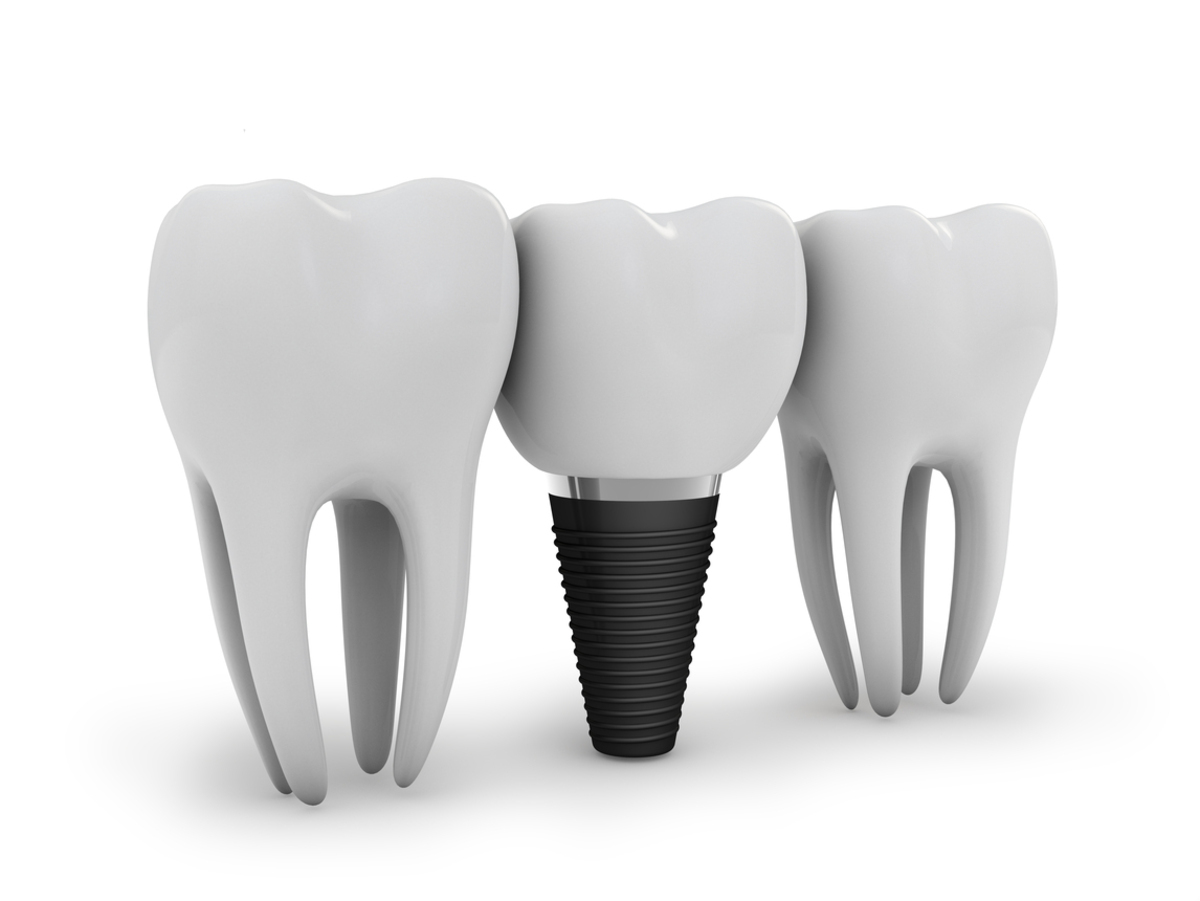Dental implants are easily the most revolutionary advance the field of dentistry has seen in a while. The first dental implant was placed in 1965. Since then, the procedure has been perfected to such an extent that dental implants now have an excellent survival rate of more than 98 percent.
Dental implants are the only current tooth replacement solution that can predictably prevent the underlying jaw bone from being destroyed, and in some cases, can even stimulate bone formation.
They aren't fool-proof, though — dental implants can fail. When and why does that happen?

Fail! Errors in patient selection
Patient selection plays an important role in determining the ultimate outcome of the procedure. Careful assessment of the case history and meticulous treatment planning can significantly reduce the percentage of dental implant failures.
Fail! Detrimental habits
Patients who have parafunctional habits like bruxism or involuntary clenching and grinding of teeth, exert enormous and abnormal pressure on dental implants, causing them to fail. Heavy smokers have almost twice the risk of implant failure compared to non-smokers. Smoking delays the healing process, reduces blood flow to the gums, and increases the risk of dissolution of the jaw bone, leading to failure.
Fail! Poor oral hygiene
Just as oral hygiene is important to preserve natural teeth, it also goes a long way in ensuring the success of dental implants.
If a patient fails to maintain proper cleanliness, food particles tend to get stuck around the junction of the implant and prosthesis. This, over a period of time, causes inflammation and swelling of gums around the implant, known as peri-implantitis. Peri-implant disease progresses very similar to gum disease around the tooth and eventually causes the implant to fail.
Fail! Injury
If the patient has a traumatic accident involving the face in the region where the implants are placed, it can lead to fracture of either of the jaws, causing failure.
Fail! Radiation therapy
Patients who have a history of radiation therapy for carcinomas of head and neck undergo a phenomenon known as osteoradionecrosis. This changes the basic nature of the bone and reduces the number of healthy blood vessels in it drastically. Bone with poor blood supply is a very bad candidate for implant treatment.
Fail! Operator error
With advances in diagnostic and radiological techniques, errors in site selection for implants have become minimal. However, an error during implant placement increases the risk of failure immediately or at a later stage, as the error is magnified at every subsequent stage.
If implants are placed in areas where there is insufficient bone or the implant screw is of a less than ideal diameter and length, the risk of failure rises dramatically. Faulty design of the prosthesis, on the part of the prosthodontist, can lead to unnatural chewing forces on the implant, leading to failure.
Fail! Contamination
Sterile instruments and a disinfected operating room are absolutely essential for the success of an implant procedure. In case proper sterilization protocol isn’t maintained, it can lead to infection of the implant site resulting in insufficient healing after the surgery has been performed.
Fail! Allergic reaction and rejection
These are extremely rare but some patients may be allergic to the titanium alloy from which an implant is made. There may also be foreign body rejection due to a hyperimmune response.
How do you know if your implant is failing?
Pain
Mild pain and swelling are common immediately after the implant surgery. However, if you have pain and swelling after healing has occurred, it could mean that there is some infection of the gums or the bone surrounding the implants.
Mobile bridge or implant
If at any point you feel that the prosthesis or the screw is loose or not as secure as before, it could mean that the implant screw is losing the support of the surrounding bone. A mobile implant is a definite sign of a failed implant.
Conclusion
In case an implant does fail, it can be managed with proper protocols and a new implant is attempted post healing of the site. Regular dental visits after the treatment are important to catch the signs of impending failure so that corrective measures can be taken at an early stage.


Your thoughts on this